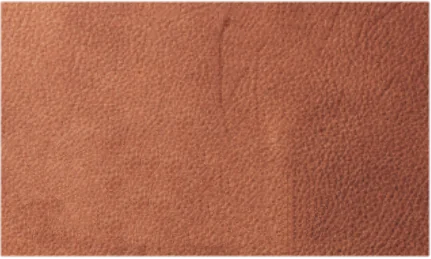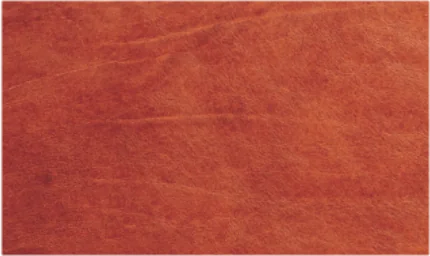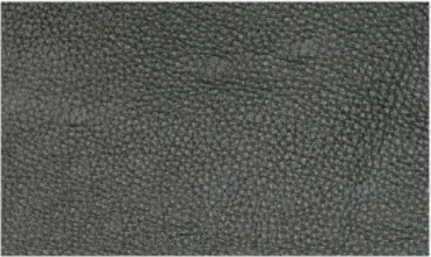Care & Maintenance
FABRIC CARE GUIDE
This guide has been created to help you understand your fabric upholstery and to maintain the appearance and the life of your piece. We recommend the following maintenance tips:
Fabric Regular Care
- Vacuum your fabric regularly
Vacuuming removes surface debris and particles that can get stuck in the fabric Fibers, preventing them from settling into the cushions and potentially causing discoloration or damage.
- Rotating or reversing cushions regularly
This will ensure even wear and will help to increase the longevity.
- Avoid direct sunlight
To minimize fading avoid placing your upholstered furniture in direct sunlight. Use of drapes, blind and window coverings will protect your upholstery from prolonged exposure to sunlight.
- Pilling
This can occur occasionally as a result of normal daily wear and should not be considered a fault. Fibre pills can be removed with a fabric shaver/lint remover.
- Spots and Spills
Attend to it immediately. This will make the cleaning easier.Do not rub. Absorb as much of the spill as possible with a clean, dry cloth or paper towel. If marks persist re-attend the area with a damp cloth.
- Using the fabric protection Kit for maintenance
Fabric protection kits are available to purchase in modular living showrooms.
LEATHER CARE GUIDE
Leather is one of the most durable upholstery materials. However, it still needs to be cared for using suitable products and a gentle touch. Over cleaning or poor maintenance can damage the protective layer and cause the leather to deteriorate. To significantly extend the life of your leather furniture, we recommend the following maintenance tips:
- Regular Cleaning
Cleaning the leather regularly with a soft non- abrasive damp white cloth to remove grease, dirt, and dust. Vacuum the leather carefully to get rid of dust and grit.
- Avoid Direct Sunlight
Avoid placing your sofa in indirect or direct sunlight as it may cause the leather to fade. Use of drapes, blind and window coverings will protect your upholstery from prolonged exposure to sunlight.
- Do not use harsh soap, detergents, all- purpose cleaners, or any unapproved solvent to clean your sofa
- Do not place sharp or heavy objects on leather furniture
- Using the leather protection Kit for maintenance
Leather protection kits are available to purchase in modular living showrooms.
Leather is a natural product, and as a result means that every leather upholstered item is unique. Natural markings will be evident in leather and serve as proof of its origin and confirmation that you have purchased genuine natural leather. Please be aware that the various hallmarks of leather are dependent upon the type of leather selected and may vary from hide to hide and product to product.
Pictured below are multiple natural characteristics that may appear on your leather upholstery.

Vein Lines

Scrapes & Healed Scars

Stretch Marks

Skin Blemishes

Shade Variation

Grain Variation
TIMBER CARE GUIDE
Wooden furniture offers a natural beauty, durability, and versatility. To protect your wooden furniture, we recommend the following maintenance tips:
- Regular dusting and cleaning
Dust timber surfaces weekly with a soft cloth or duster. For cleaning, use a damp cloth, wipe away any excess moisture, and dry with a clean cloth.
- Avoid harsh chemicals
Do not use harsh chemicals or cleaners on timber surfaces.
- Avoid direct sunlight
Avoid placing your timber furniture in indirect or direct sunlight as it may cause fading and cracking. Use of drapes, blind and window coverings will protect your upholstery from prolonged exposure to sunlight.
- Always protect timber from hot surfaces with placemats/coasters
- Clean up spills immediately
RUG CARE GUIDE
Once you have purchased your new rug you will want to keep it in the best possible condition. Following a few simple rules on care and maintenance will enable you to do this. Depending on environmental condition and the amount of traffic, rugs should be regularly vacuumed, varying from daily to once a week or fortnight. Rugs in a commercial area will obviously need vacuuming more often than those in a private home. If you live in clean air zone your rug will not trap as many dust particles as rug in more polluted area. Vacuuming will remove dust and loose particles from rugs. It is the latter that damage and create wear in your rugs. Any small grit will fall between the pile and unless removed will act in an abrasive way, eventually wearing through the base of the fibres and causing them to fall out. Make sure that your vacuum cleaner is emptied as often as possible and that the suction tubes are always clear, this will ensure that strong suction is maintained at all times. The suction may occasionally lift a tuft above the pile. If this occurs you should snip off the protruding tuft level with the pile, using a pair of sharp scissors. Do not attempt to pull the tuft out. Rugs should be protected from direct sunlight as even the most modern synthetic dyes can fade if subjected to the direct rays of the sun for any prolonged period. All rugs in your home should be reversed every few months. This helps to distribute the wear and will help the rugs to maintain their appearance for a longer period.
Professional dry cleaning recommended on a regular basis, to keep it in the best possible condition over a long period of time. Should you prefer to clean the rugs yourself you should choose a well-known brand cleaner and strictly follow the manufactures instructions. All cleaning solution should be tested on a small and inconspicuous section of the rug to determine if they have any adverse effect on the fibre or colourfastness. If the test is successful you can continue with the cleaning of the whole rug, but use the minimum of solution to avoid excess wetting of the back of the rug. When cleaning of the rug is completed, try to dry the rug as quickly as possible using the heat of the room or an indirect source such as a fan heater. If the rug has localised staining you may wish to again use a commercial brand of spot cleaner. Again, follow the manufactures instructions or consult an established rug cleaner. There are also a number of household products that can be used to clean specific soiling problems.
Wear and Tear
If your rugs show signs of fraying alone the sides, or the fringe is damaged you can usually find commercial workrooms that can provide simple and inexpensive repairs. However, if the pile is damaged or more extensive restoration required you may have to take your rug to a specialist repairer.